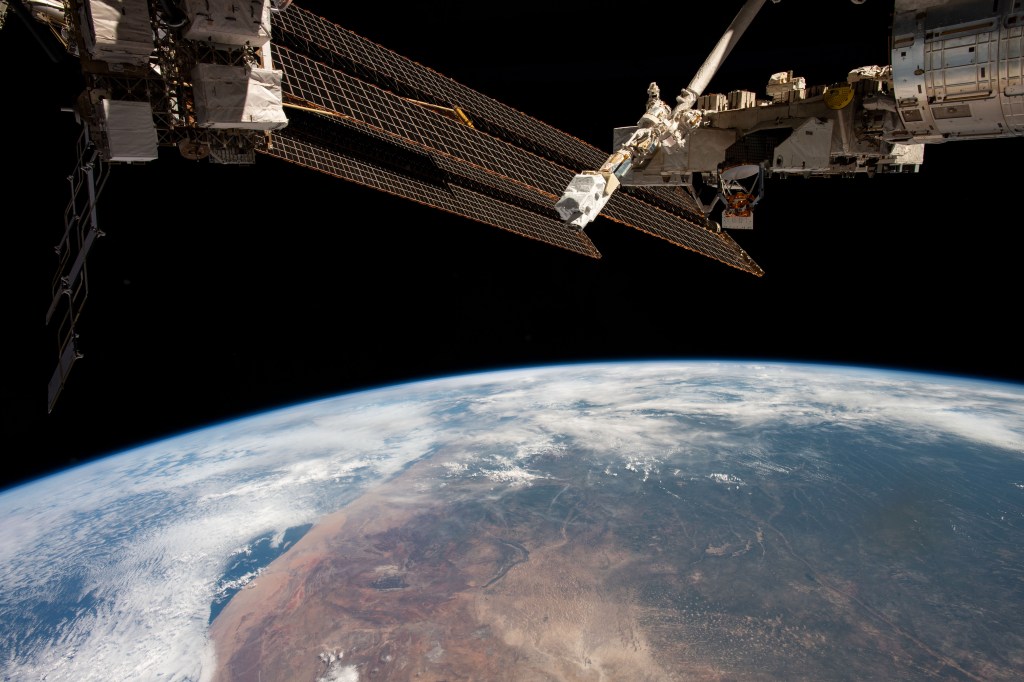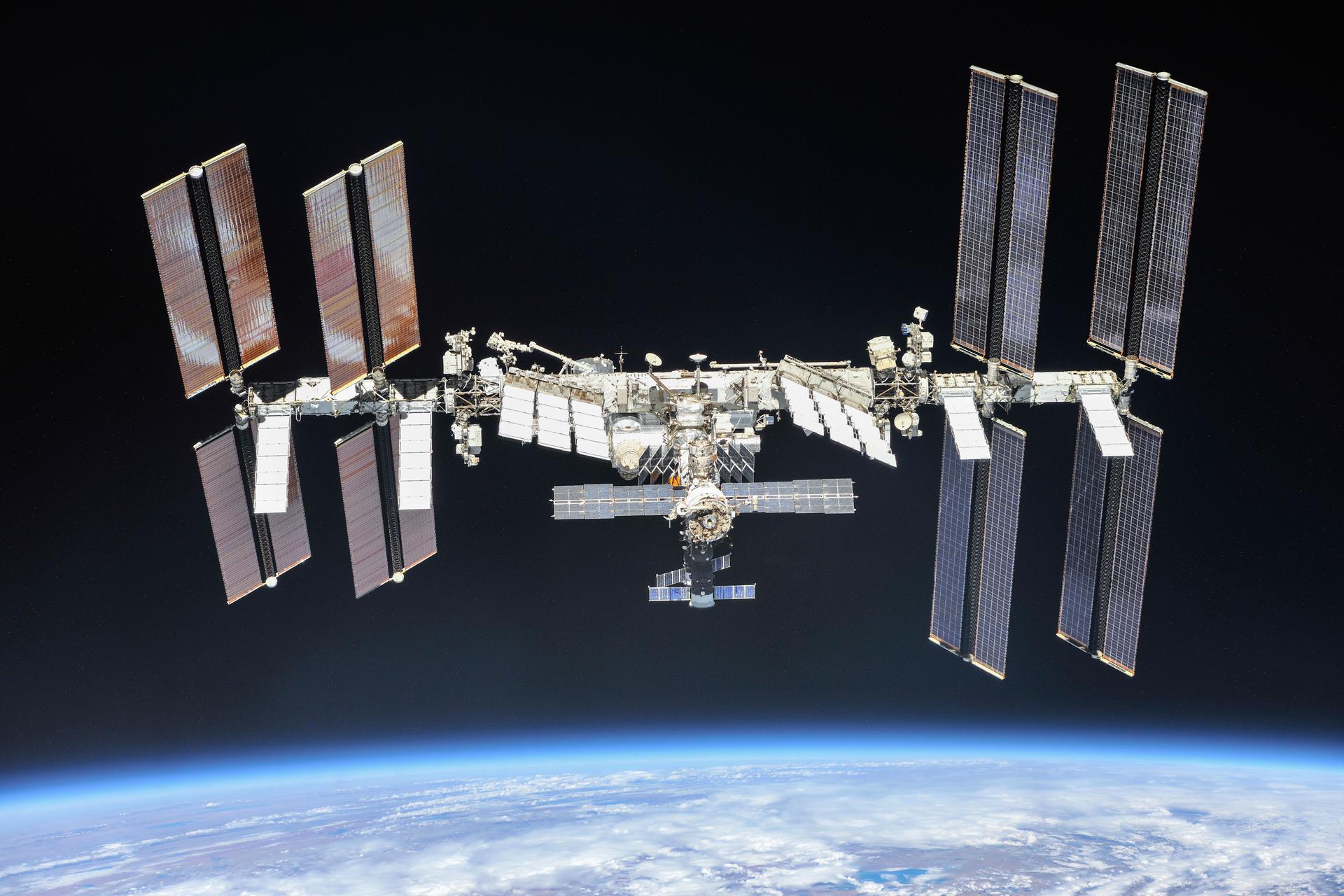About ISS National Lab
In an effort to expand the research opportunities of this unparalleled platform, the ISS was designated as a U.S. National Laboratory in 2005 by Congress, enabling space research and development access to a broad range of commercial, academic, and government users.
Learn More About ISS Nat Lab
News
Up to date information on award announcements, research heading to the space station, educational opportunities and much more!
Press Releases and Updates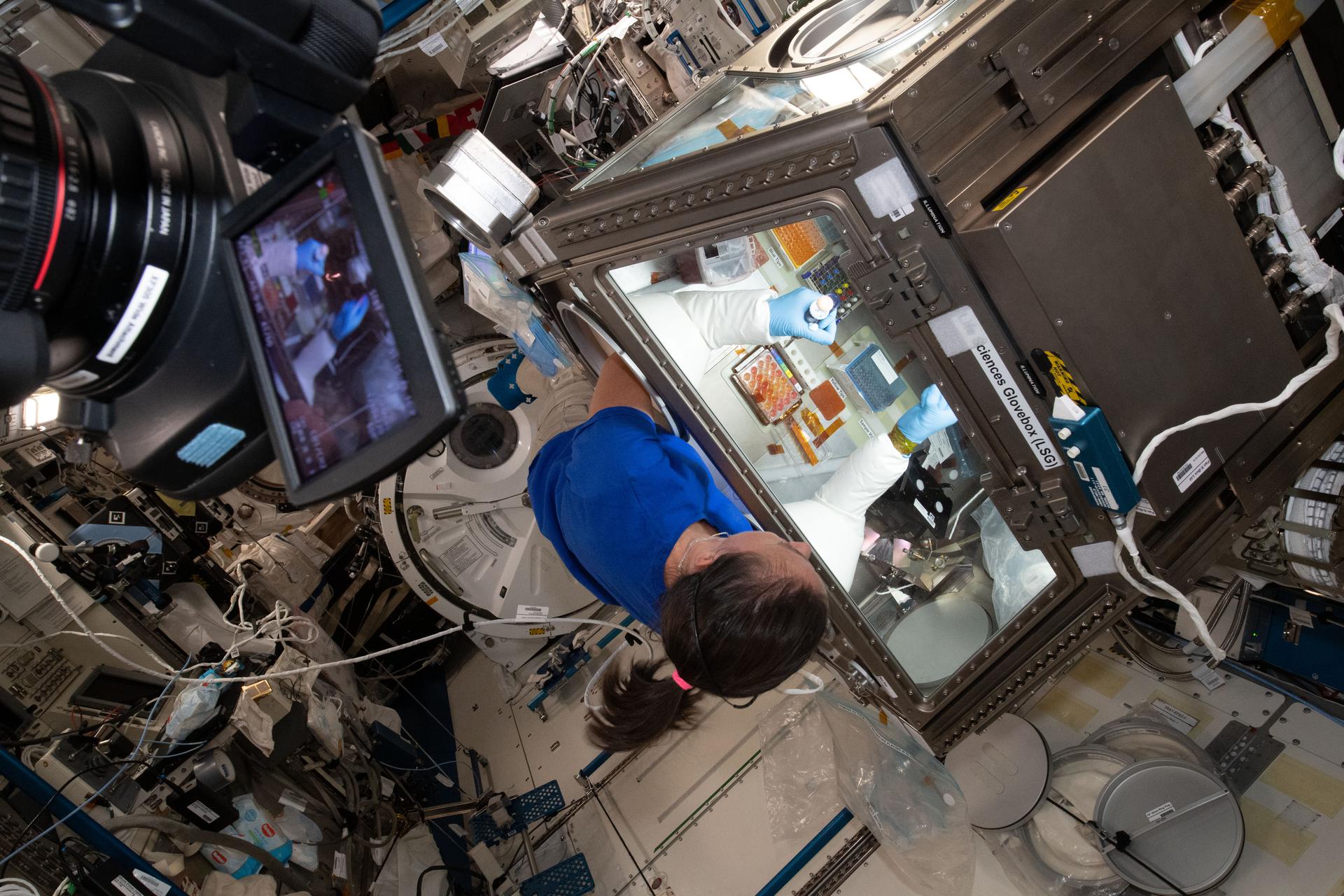
Areas of Research
The International Space Station National Laboratory is a functioning research laboratory with the tools and facilities needed to translate traditional ground-based experiments into flight-ready payloads.
Browse Areas of Research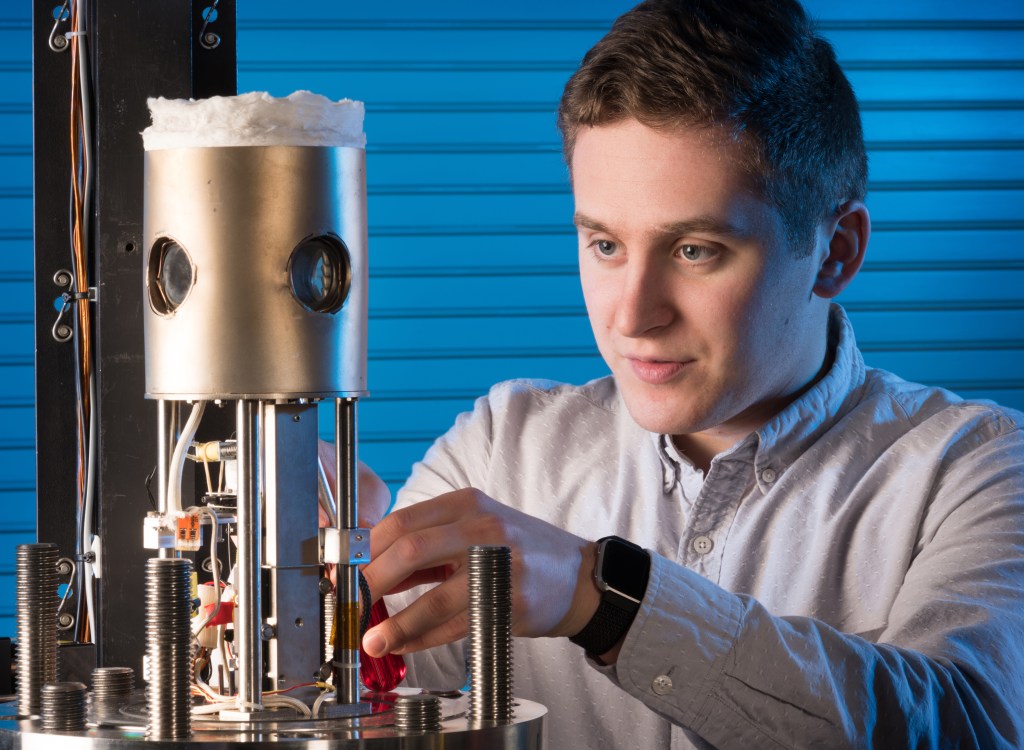
Solicitations
The International Space Station National Laboratory is a crewed low Earth orbit (LEO) platform for research, development, and education that inspires innovation and provides opportunities for discovery to benefit humankind.
Find Opportunities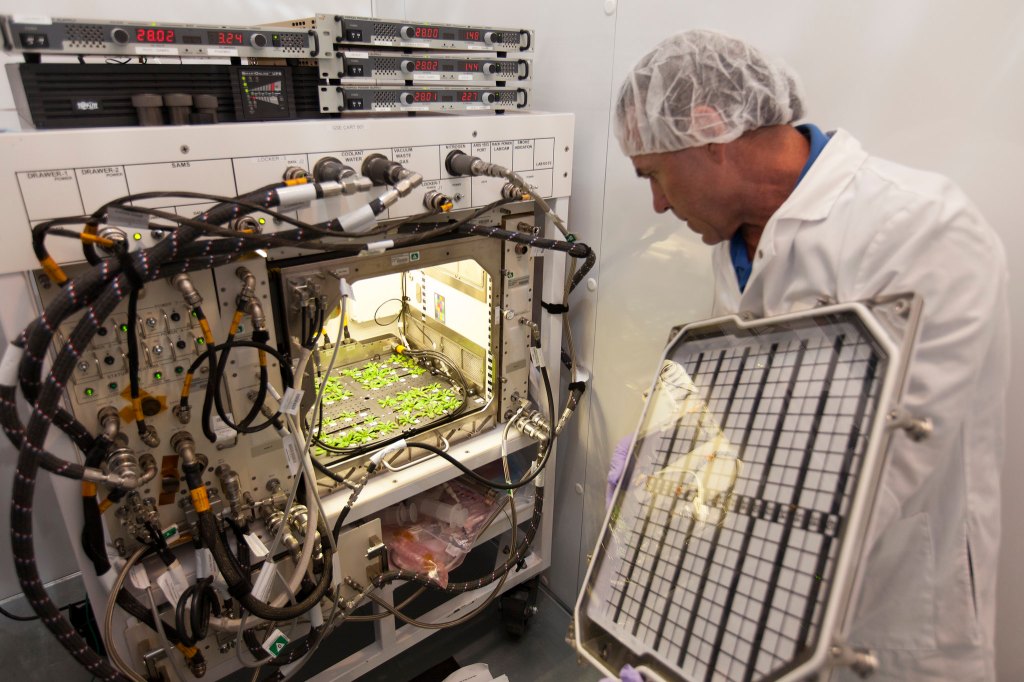
ISS National Lab Reports
As part of strategic initiatives to enable science in space for life on Earth, the ISS National Lab hosts workshops in the life and physical sciences, remote sensing, and technology to explore research areas with high likelihood for rapid knowledge advancement and the potential to support commercialization of low Earth orbit.
Read and Download Reports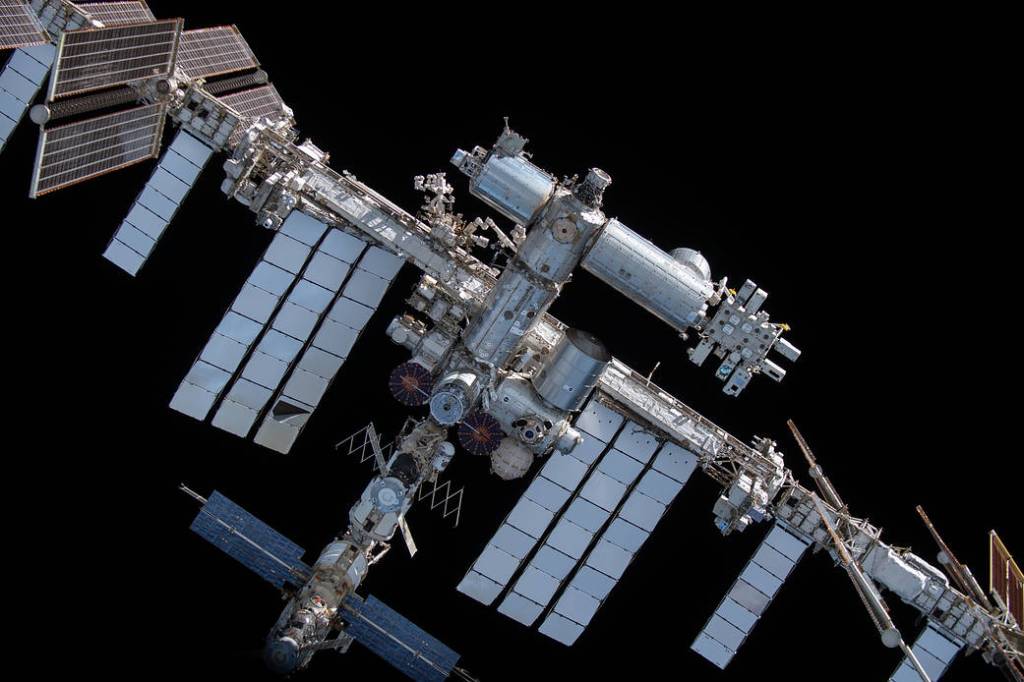
ISS National Lab Contact
If you have any questions or require general information from the ISS National Laboratory, here are some ways you can contact them.
Find Contact Information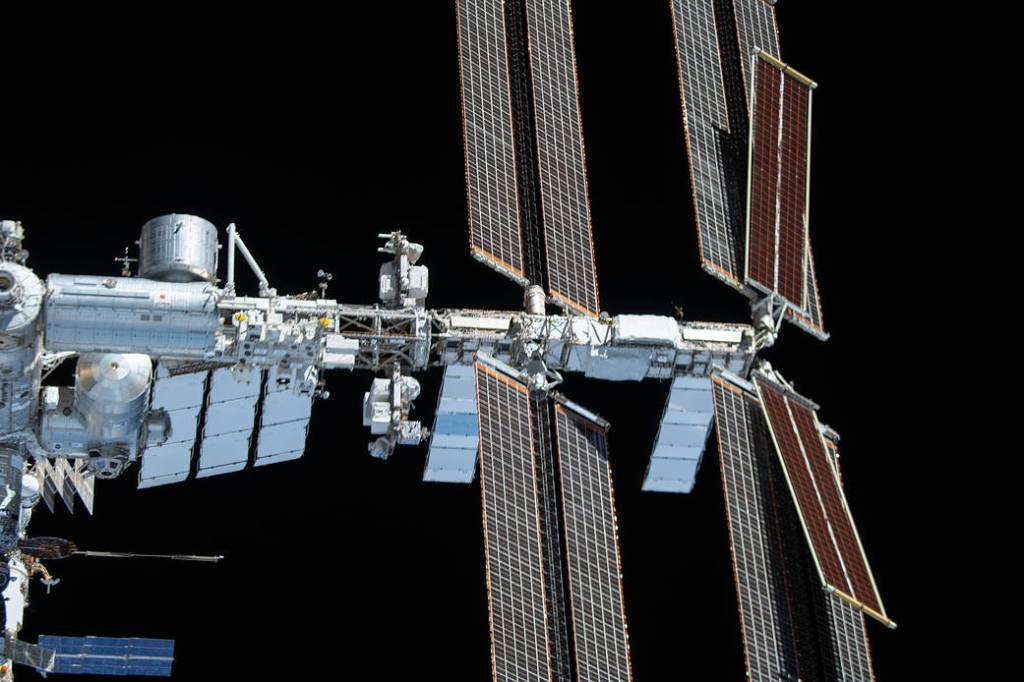
Webinar Focuses on Northrop Grumman Science for Station
The International Space Station (ISS) National Laboratory will host a science webinar to discuss upcoming investigations launching on Northrop Grumman’s 21st Commercial Resupply Services mission to the orbiting outpost.
Learn More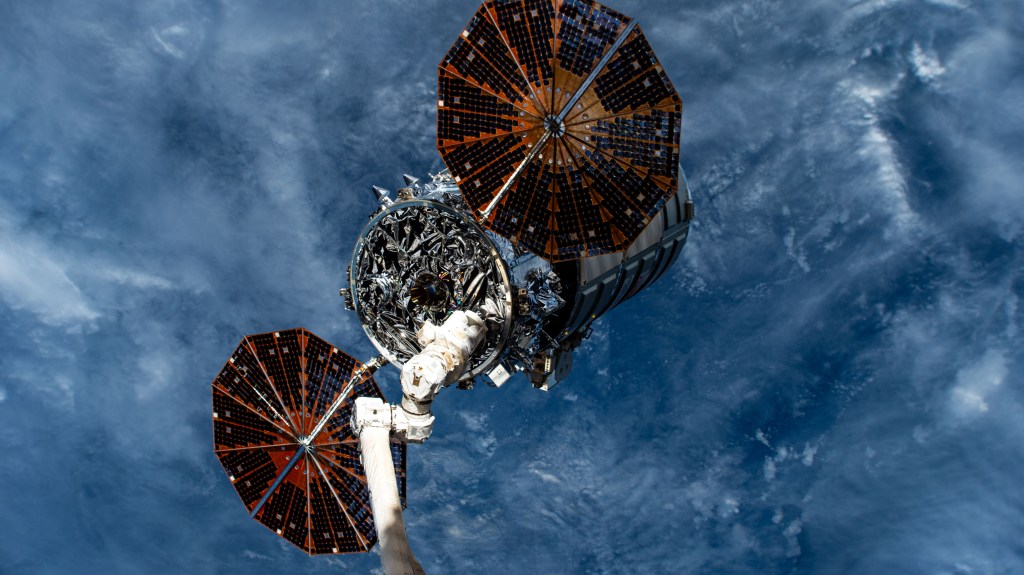
ISS R&D Conference Agenda Set
The International Space Station Research and Development Conference—the only conference dedicated exclusively to research and development on the International Space Station (ISS) and the growing market in low Earth orbit (LEO)—kicks off Monday, July 29, at the Marriott Copley Place in Boston.
Learn More
Space-Based Study Aims for Osteoarthritis Relief
More than 650 million people worldwide are affected by osteoarthritis, and few treatment options exist. However, new promising results from an International Space Station (ISS) National Laboratory-sponsored experiment detail a tissue chip model that accurately reproduces the conditions under which osteoarthritis (PTOA) is initiated.
Learn More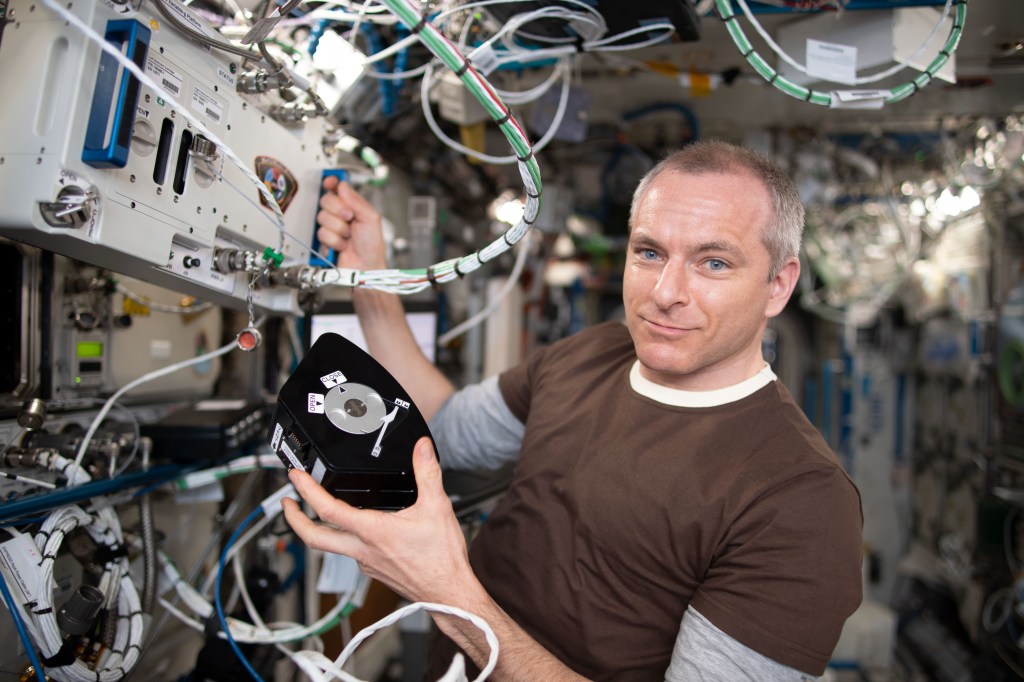
Space Research Uses Satellites to Capture Images of Earth
Using satellite-based hyperspectral sensors that can capture images of Earth beyond the visible light we can see with our eyes, startup Orbital Sidekick provides valuable global monitoring services to customers around the world.
Learn More